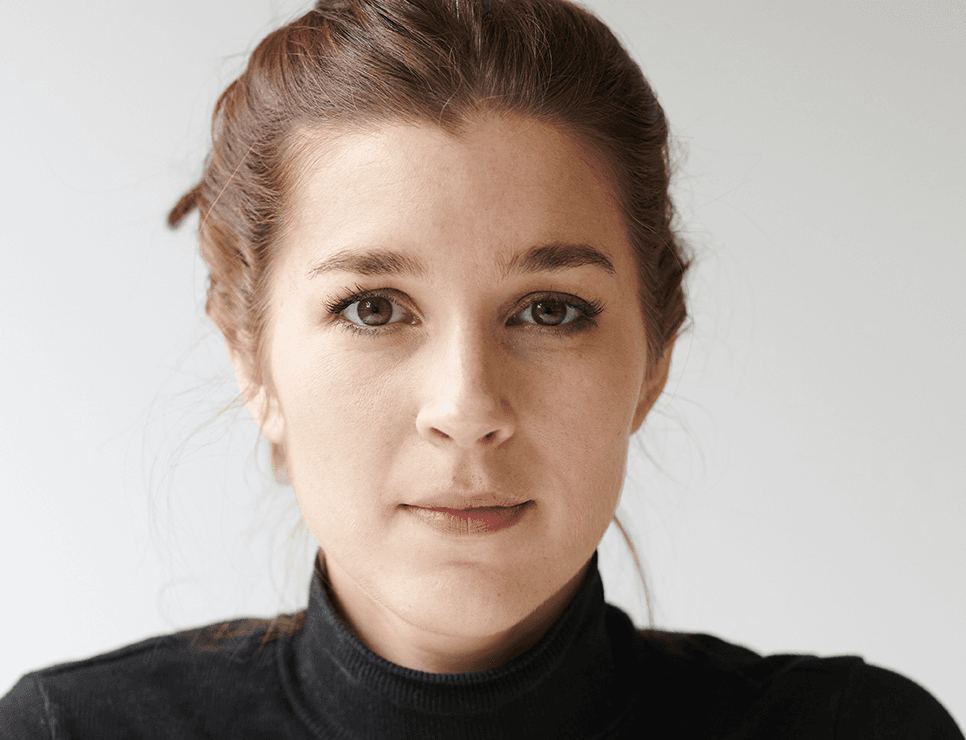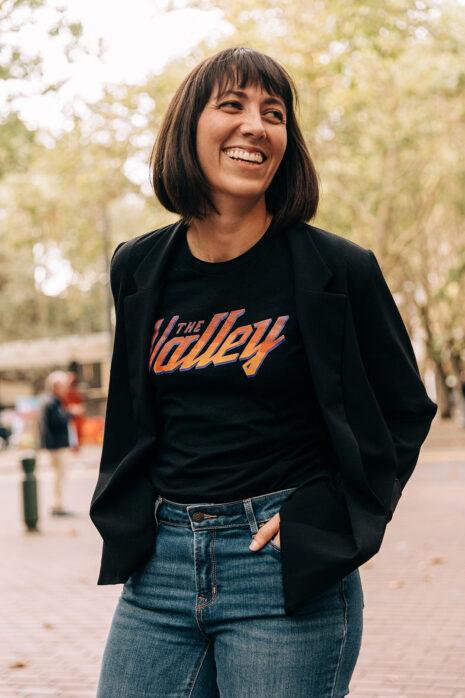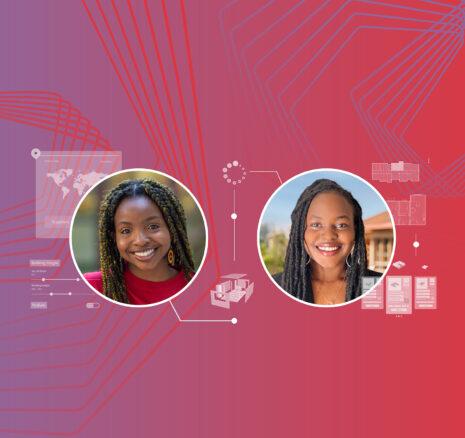My background is in Computational Fluid Dynamics (CFD), which is predominant in very technical industries such as aerospace and Formula 1. These industries strive for ultimate performance, so they focus on improving the product and making it safer, piece by piece. Designing and assembling a plane or racing car is a greater technical challenge than putting a building together, yet these industries achieve efficiencies and error margins that construction could only dream of by leveraging digital technologies. There is no fundamental reason preventing construction from doing the same thing, and yet it remains the least digitised of any industry bar agriculture.
That’s why I originally got involved in the construction industry – I knew I could make a difference. I’ve been with Modulous from inception, and developing digital solutions to speed-up the design process was the obvious thing to do. At first, I looked at building performance analyses and how we could automate them to optimise designs as early as possible. I then extended my research and realised every single aspect of the design and delivery process is hampered by inefficiencies and inaccuracies. So, as Digital Solutions Director at Modulous, my team and I are working on building an integrated end-to-end platform, enabled by a common data thread, starting with a tool to automate feasibility studies.
Tell us a bit more about your role at Modulous and what it covers?
At the beginning I wore all of the hats I needed to wear to bring the end-to-end platform vision to life. I learned about the users, the market, carried out UX research, and ended up collecting a lot of data. I then built a wonderful team capable of delivering the tools that are going to revolutionise the construction industry. We are developing the future.
I’m now focused on team leadership, product development, and building our strategy for the future. I want to make sure my people are evolving, they understand the vision, and work together synergistically. I manage priorities, responsibilities and resources to launch first our feasibility tool later this year, followed by all the other exciting products under development.
My role also involves helping to make this business a success. I talk to potential investors to show them what we can achieve and get them on board with our approach, but also to stakeholders in the industry to educate them about software development and technology.
What is it like to work in parallel with the physical product development team on the Kit of Parts?
The value of having a physical Kit of Parts is in its data and the certainty it brings to a project at the earliest stage. We know the design options we generate with our software are buildable, we know how much they’re going to cost, the materials we use and their properties, and how long it’ll take to assemble before we even start working on a specific project. It makes our solutions superior, a lot more accurate, and de-risks the construction process.
Because our physical and digital products are being developed together, we’ve had to find a balance to allow them to grow and mature over time. It means re-organising the roadmap, and implementing more functionalities earlier on than we would have had if we weren’t backed by a physical product. But at the end of the day, our tool is going to be life-changing for the user.
Where does the interest in generative design come from?
Generative design is an iterative process where each generation learns from the previous iteration, which means your design improves over time, until it meets a certain objective. This method can be applied to anything, from designing a ring, a bridge or a building. A famous example is the genetic algorithm, part of the Machine Learning family.
The construction industry offers plenty of use cases which could benefit from a generative design approach, that’s why the interest is growing. To use a very simple example, you could use a genetic algorithm to generate the largest building possible on a given site, whilst still complying with planning requirements. Maximising daylight could be another objective.
There are many methods to achieve design automation and optimisation, generative design being one of them. But ultimately, the goal is to create better designs, faster. We, and other players in the industry, are working hard to figure out the best way to achieve this.
How is the next wave of computing going to change the construction sector?
We’re continually developing new algorithms and improving existing techniques to solve a range of different challenges. For example, finding the best building layouts on a large site is a very different problem compared to aggregating the perfect apartment mix within a modular structure, and therefore will require a different combination of algorithms. What we call very loosely the “generative design” element of the Modulous platform is, in reality, a sequence of algorithms interacting with each other at different stages of the process. We aimed at great performance, so it’ll be computed instantaneously and invisible to the end user.
AR and VR technologies are becoming extremely accessible right now. It doesn’t cost a lot of money, doesn’t require a lot of resources and can play a powerful part in what we do. We are developing our platform in a WebGL environment, so we are already VR-ready. It’s the obvious trajectory.
Blockchain is another interesting technology with potential use cases in construction. However it still requires a huge amount of computing power, and therefore resources. It’s difficult to justify such an expense when, collectively, we want to make the industry more environmentally sustainable. We carefully think about user needs to measure the potential benefits we will gain from a technology, instead of adopting it because it is novel or fashionable.
Similarly, the AEC [Architecture, Engineering, and Construction] industry is very excited about the metaverse and the creativity it could offer. As far as I’m concerned, we need to learn how to crawl before we can run. Of course new technologies offer a plethora of exciting opportunities, and we are always exploring, testing, to be prepared and ready to adapt. But we also need to stay focused on what we want to achieve, which is to address the global housing crisis in a sustainable way.
What are we talking about when we talk about metaverse and construction?
The metaverse is a virtual world where one can design or replicate buildings or entire cities to see how they would play out in the physical realm, and to test their limits. For example, if we created a digital twin of our physical Kit of Parts in the metaverse, we could allow designers and architects to play with it the way they would like to, with total freedom. You could remove all the constraints of the “real world”, such as building regulations or even the laws of physics, and go as far as your creativity takes you. The metaverse offers a new paradigm for design.
What inspires you professionally?
To understand what the industry needs, I have had to interact with people I never would have met when I was in my CFD role. I have collaborated with passionate, driven professionals facing the same frustrations and eager to work towards change. These conversations have always been especially motivating.
It’s the same with the people I work with. My colleagues at Modulous joined because they believe in what we want to achieve. They are also experts in their respective fields, so I may not know anything about what they do initially and vice versa, but that means I’m constantly learning. I’m proud to be part of a team of people who care.
What advice do you have for people coming into this industry?
Be willing to deconstruct a very traditional industry; don’t assume something should be done a certain way just because it has always been done that way. It’s very exciting to know you can make an impact, but it can also be exhausting to see reluctance to adopt change. It takes courage to challenge the status quo and constantly standing up for what you believe in. It can be tough, so you need resilience to navigate certain spaces. But it can be done.



